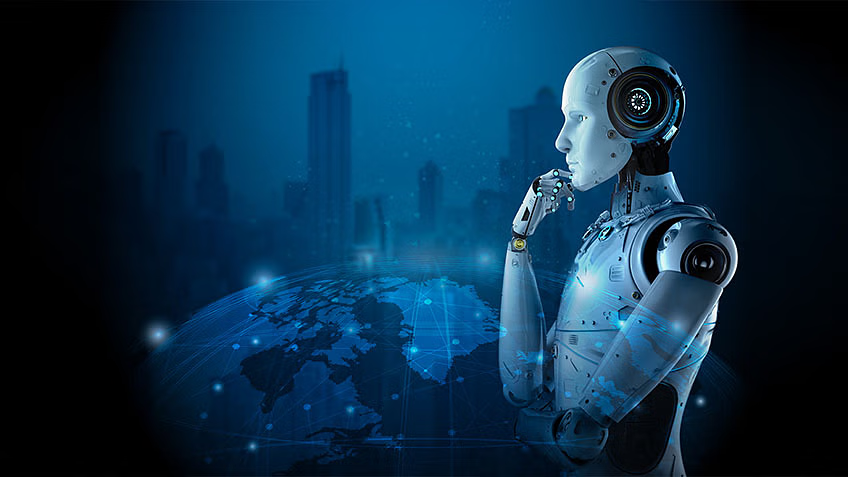In the grand theatre of human creativity, cultures play the role of unique musical instruments—each with its own rhythm, tone, and resonance. When Generative AI joins this orchestra, it must learn not just the notes but the pauses, accents, and cultural cadences that make each piece distinct. The challenge is no longer about teaching machines how to create, but how to build with cultural conscience.
The Canvas of Machine Creativity
Generative AI is often imagined as a painter with endless brushes and colours. Yet, without cultural calibration, that painter risks painting the world in monotones. When algorithms learn from the internet—a space dominated by specific languages, aesthetics, and perspectives—they begin to replicate those biases unconsciously. The result? Homogenised creativity where local nuances fade under a global template.
This is why Gen AI training in Hyderabad and similar initiatives have become vital. They offer not just technical mastery but also exposure to regional contexts and datasets, ensuring that AI understands cultural cues embedded in language, art, and tradition. Hyderabad, with its blend of technology and multiculturalism, serves as a fitting symbol for the delicate balance between progress and preservation.
Data: The DNA of Cultural Identity
Data is the DNA of any generative model—it defines how the machine perceives the world. But when this DNA is incomplete or one-dimensional, the resulting creations can unintentionally erase diversity. For instance, a model trained primarily on Western art may struggle to generate images inspired by Warli paintings or Indian folk patterns. Similarly, dialogue models might misunderstand idioms rooted in regional folklore.
To address this, researchers and developers are now building culturally representative datasets. They are collaborating with linguists, anthropologists, and artists to ensure that AI’s training data mirrors the diversity of human expression. When curated responsibly, such datasets allow machines to interpret creativity as a mosaic, not a mirror—one that reflects rather than replaces cultural depth.
The Algorithmic Accent: Bias and Balance
Think of an algorithm as a storyteller who has travelled the world but learned from only a handful of teachers. It narrates confidently but echoes the accents of its instructors. Generative AI often exhibits this same phenomenon—subtle biases encoded through disproportionate exposure to specific cultures.
These biases can manifest in text generation, image synthesis, or even music composition. For instance, a global AI model may automatically associate “wedding” with white dresses and churches, overlooking cultural alternatives like red saris and mandaps. Recognising this limitation, developers are designing systems that incorporate cultural variability as a deliberate design principle.
The key lies in algorithmic pluralism—a framework where models are tuned to accommodate multiple perspectives. Such calibration helps in making AI outputs more inclusive, allowing creativity to celebrate rather than standardise human diversity.
Local Narratives, Global Relevance
The irony of globalisation is that it often sidelines the local. Generative AI, when left unchecked, risks becoming the next agent of cultural flattening. However, localisation doesn’t mean limiting creativity to boundaries—it means anchoring it in authenticity.
Take India’s creative landscape, for example. When trained on Indian datasets, generative models have the potential to produce storytelling scripts that reflect the emotional depth of regional cinema or visual art infused with indigenous motifs. This is where the growing ecosystem around Generative AI training in Hyderabad plays a crucial role—equipping technologists and artists to collaborate on culturally aware AI systems. By merging technical expertise with cultural sensitivity, Hyderabad’s AI innovators are setting an example for the world.
Such models could assist writers in reviving endangered languages, help museums reconstruct lost heritage art, or generate region-specific educational content. They become cultural archivists—guardians of diversity rather than disruptors of it.
Ethics of Representation: Whose Creativity Counts?
The ethics of AI creativity extend beyond issues of copyright and originality. They touch on questions of ownership, recognition, and cultural respect. When an AI generates a piece inspired by tribal art, does it honour the creators or commodify their heritage?
Ethical frameworks are now being discussed globally to address these concerns. Some propose embedding metadata that traces cultural influences, while others suggest giving credit or compensation to the communities whose traditions inspire AI outputs. Transparency in dataset sourcing and model training will remain central to maintaining public trust.
Ultimately, cultural calibration is not just a technical adjustment—it’s a moral commitment. It’s about ensuring that every pixel, phrase, or melody generated by a machine carries the dignity of human diversity.
The Way Forward: Co-Creating with Conscience
As we stand at the intersection of technology and culture, the path forward lies in collaboration, not domination. Generative AI must become a co-creator—a respectful participant in humanity’s artistic dialogue. That means developing models that listen before they speak, that observe before they recreate.
Cultural calibration isn’t a one-time process. It’s an evolving practice, requiring continuous feedback from artists, communities, and ethicists. The goal is not to make AI universally fluent in every culture but to make it humble enough to learn and adaptable enough to reflect.
When algorithms create with empathy, the art they produce becomes more than synthetic—it becomes soulful. Through thoughtful education, inclusive training, and cultural stewardship, machine creativity can flourish without erasing the human mosaic that fuels it.
Conclusion
Generative AI is humanity’s newest instrument—capable of composing symphonies, painting dreams, and narrating stories beyond imagination. But like every instrument, it must be tuned to the right frequency. Cultural calibration ensures that this tuning resonates with every note of human diversity, preserving the authenticity that defines us.
In a world eager to innovate, the real triumph will lie not in machines that create faster, but in those that generate fairer—machines that carry the wisdom of cultures, not just the weight of data.
